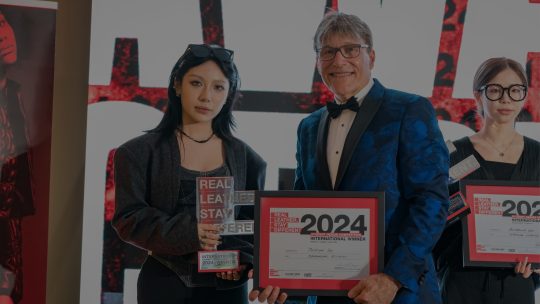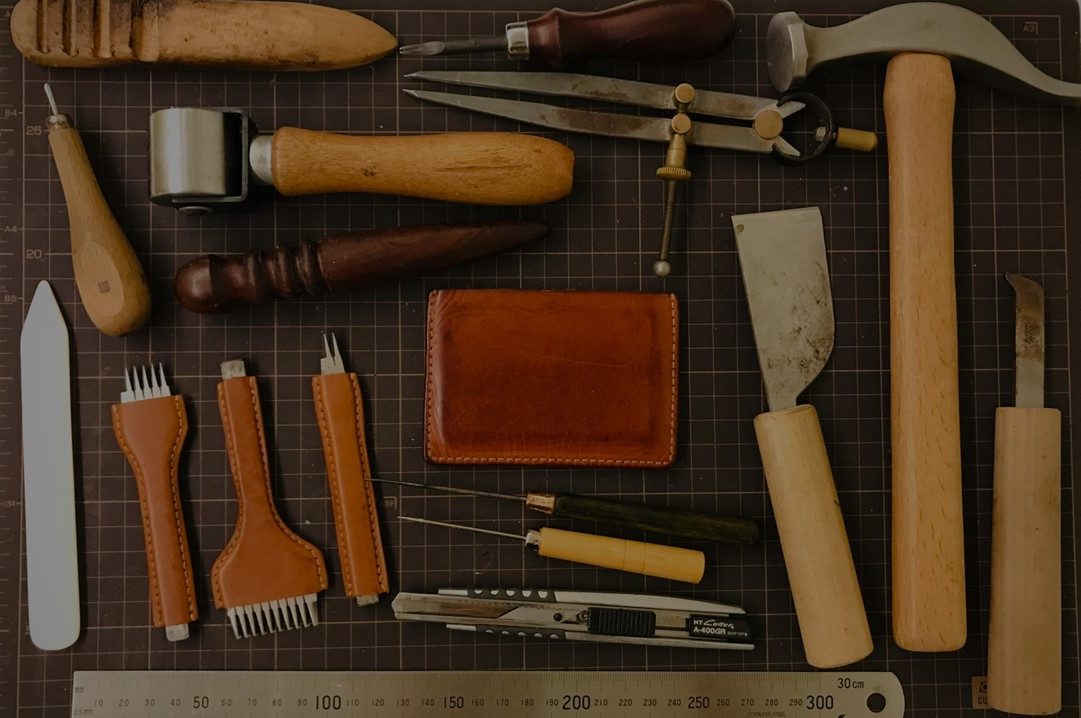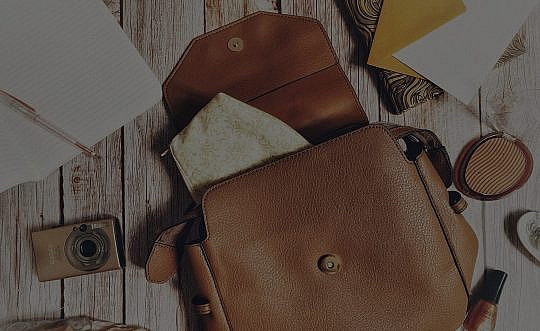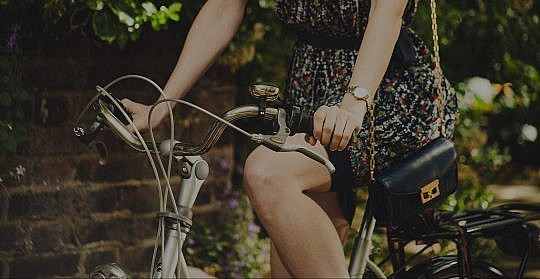What are the Benefits of Leather Upcycling?
As with all recycling and upcycling perhaps the most prominent benefit is the environmental impact reduction. Leather production is resource-intensive, involving land usage, water consumption, and the emission of greenhouse gases. By upcycling, you reduce the need for producing new leather, thereby lessening the associated environmental impacts.
Closely allied to the benefits of upcycling leather on the environment is waste reduction. Leather scraps or old leather items that would otherwise end up in landfills are repurposed, helping in waste management and reduction.
Profit in upcycling
If your focus is on the bottom line, then it’s worth remembering that upcycling can lead to the creation of value-added products, potentially leading to economic gains. It also can save costs associated with waste disposal.
An additional saving would be in energy, producing new leather products consumes a significant amount of energy. By reusing leather, there’s a reduction in energy consumption associated with processing raw materials.
What about messaging?
Upcycling promotes a circular economy where products are reused and repurposed, reducing the need for virgin materials.
Working within the constraints of upcycling can mean doing a little lateral thinking. Upcycled leather can result in unique products, blending the character of old leather with innovative designs.
Leather fashion
Ethical Fashion: In the world of fashion, upcycling aligns with the principles of sustainable and ethical production. Consumers who are conscious of their environmental footprint often support such initiatives. Leather fashion is close to our hearts at Real Leather. Stay Different.
Products that can be made with upcycled leather.
Bags and Purses. With an eye on waste reduction, leather jackets or furniture can be transformed into stylish handbags, clutches, and backpacks.
Leather remnants can be fashioned into bracelets, earrings, or necklaces. As a strong natural material, leather can support additions such as rings, jewellery or studs.
Book Covers. Leather scraps can be repurposed to create attractive and durable book covers. Some shoe companies use upcycled leather to create unique and sustainable footwear.
Home décor. Leather can be used to make throw pillows, small poufs, or even wall hangings.
Reupholstery. Old leather furniture can be refurbished, or the leather can be used on other furniture pieces. Leather can be stitched or glued to create larger mosaic pieces from multiple leather sources. The possibilities are endless.
What if leather was not recycled?
Most would end up as landfill accumulation. Without upcycling, old leather products and remnants often end up in landfills, breaking down over time.
This is the definition of waste and a loss of valuable resources. Leather, even if it’s old, retains a lot of value in terms of material integrity. Not reusing it means the original resources that went into its production go to waste.
Upcycling of leather prevents waste.
Wasting leather has an environmental impact. There would be an increased need to replace the leather items. This in turn would mean an economic loss. And potential revenue generated from upcycled leather products would be forfeited.








